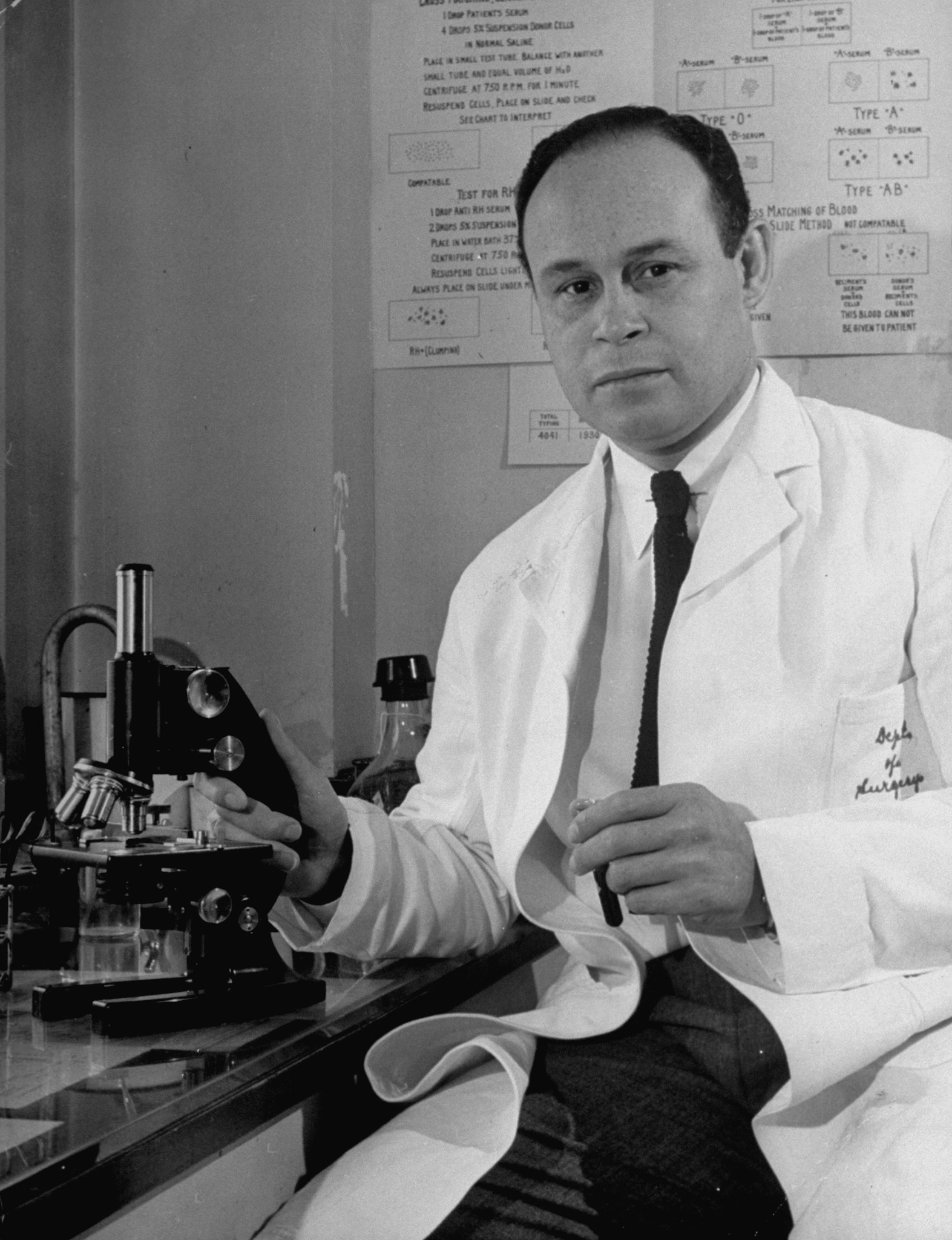 |
|||||||||
Dr. Charles Richard Drew(1904–1950) Drew pioneered America's first large-scale blood bank during World War II. Background: Drew was born in Washington, D.C. As a child, he was an athlete and top student. He graduated from Amherst College before studying medicine at McGill University in Canada. Invention: In the late 1930s, Drew invented a way to process and preserve blood plasma, allowing it to be stored and shipped for blood transfusions. Until then, blood was perishable and not fit for use after about a week. Drew's invention vastly improved the efficiency of blood banks. Drew's work took on new urgency during World War II. As the leading expert on blood storage, he worked with the Blood for Britain project to oversee blood banks for British troops. In 1941, he was named medical director of the American Red Cross National Blood Donor Service. He recruited and organized the collection of thousands of pints of blood donations for American troops. It was the first mass blood-collection program of its kind. Did You Know? At the time, the American armed forces segregated blood from black and white donors. Drew spoke out against this racist and unnecessary practice. The military refused to change the policy, and Drew ultimately resigned. He returned to teaching at Howard University, where he had worked as an instructor in surgery. |
|||||||||

